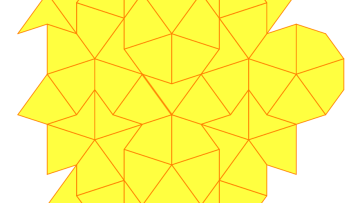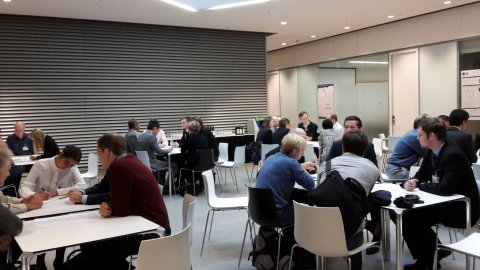The monoidal structure on strict polynomial functors and adjoints of the Schur functor
Abstract
Firstly, we will discuss how the category of strict polynomial functors can be endowed with a monoidal structure, including concrete calculations. It is well-known that the above category is equivalent to the category of modules over the Schur algebra. The so-called Schur functor in turn relates the category of modules over the Schur algebra to the category of representations of the symmetric group which posseses a monoidal structure given by the Kronecker product. We show that the Schur functor is monoidal with respect to these structures.
Finally, we consider the right and left adjoints of the Schur functor. We explain how these can be expressed in terms of one another using Kuhn duality and the central role the monoidal structure on strict polynomial functors plays in this context.



